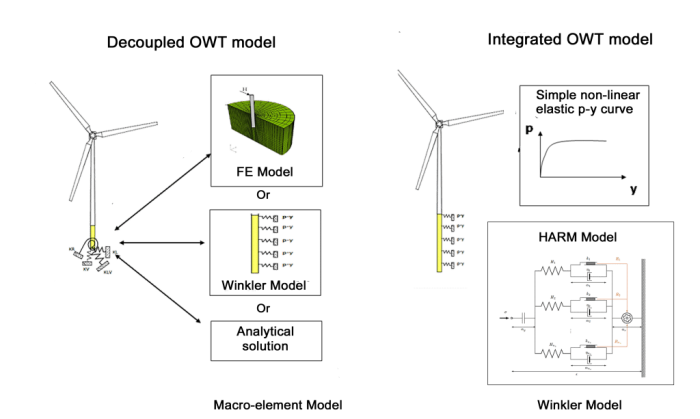Research
&
Development

The depletion of fossil fuels, environmental change, and the demand for clean energy are causing the transformation of energy generation and distribution system, to shift towards the consumption side. Electricity generation sources and distribution systems are drifting to renewable sources, and from centralized infrastructures to decentralized models.
New technologies nurture the concept of transformation of energy firms, all the way from energy production to electricity consumption. Smart grid systems are one of the disruptive and emerging technologies that might influence the entire electricity system. It’s a fully automated power delivery network that monitors and controls every node, ensuring a two-way flow of electricity and information.
AI is at the heart of the smart grid, enabling it to gain intuition by analyzing the massive flow of data and acting upon them. We’re about to embrace an inevitable technological overhaul in the way energy is generated and consumed, in the following years to come with an unprecedented financial, ecological, and technical rationale for its emergence.

Ecovitas tackles some of the major assertions of the smart grid thru smart exploitation of distributed power reservoirs and intelligent management of the whole network as an integrated corpus. It helps to realize some of the most salient promises and objectives of the smart grid. Soon, the smart grid could change the face of the planet, and with Ecovitas, the future is already here.
Integrated cyclic Soil strcutre intraction model
Dynamic structural analyses are generally based on integrated time-domain load simulations of the entire OWT (rotor-nacelle-assembly, support structure, and foundation). However, the appropriate account and integration of the non-linear soil-foundation interaction are still one of the main weaknesses of the standard industry practice. Whether the whole soil-structure interaction (SSI) is considered through p-y curves or the foundation response is replaced by macro-element springs, the overall SSI mechanisms are still oversimplified.

The design often requires, especially in the latter case, a considerable number of iterations between the geotechnical and other (structural, mechanical, and load) engineers. Oversimplification of SSI mechanism resulted in underestimating the OWT fundamental frequencies as well as lack of considering the foundation damping.
The project aims to improve the efficiency of the design procedure and to optimize the capital and operational design of OWTs for monopile foundations (accounting for approximately 80% of the installed support structures, Wind Europe, 2018). The target would be achieved by developing an integrated geotechnical-structural-aeroelastic model for OWTs, which account for all the fundamental features of the non-linear cyclic soil-structure interaction mechanisms. For more information about the latest development or contribute to the project, please contact us.

